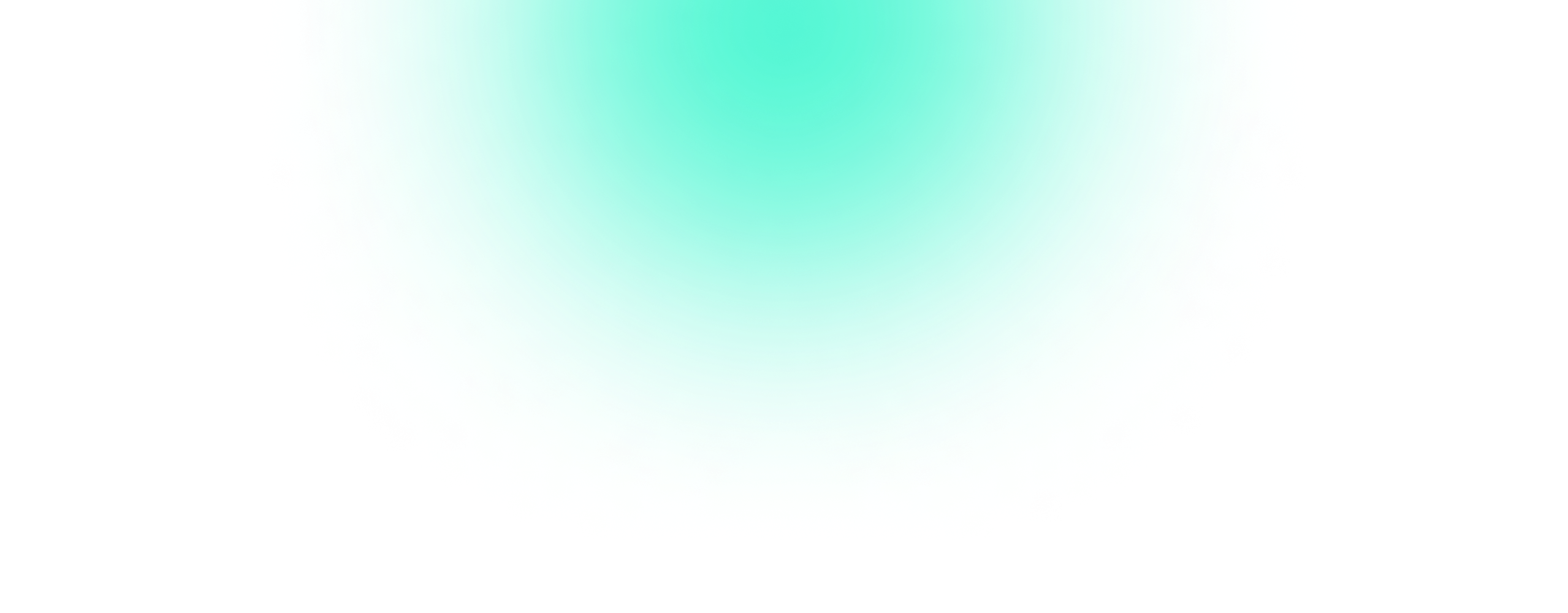What Is Minimalism?
If you’re not familiar with what minimalism looks like, it’s the principle of keeping things clean and simple – the opposite of maximalism. It’s become a popular practice over recent years across many facets including interior design, fashion and also web design. For instance, a minimalistic home will look tidy and spacious with zero-clutter and decor pieces that serve a key purpose and don’t make the room look busy. Many people have also been taking the minimalistic approach when it comes to their wardrobes and clearing out any clothes that they haven’t worn in a while or can’t styled with different pieces (thank you Marie Kondo). Minimalism can also extend to colour palettes, where people (either in their home or their fashion) might opt for a just a few colours, usually consisting of neutral tones. So how does minimalism translate into we site?








